Presidential Select Symposium looks at current, future directions in cancer immunotherapy research
//
Estimated Read Time:
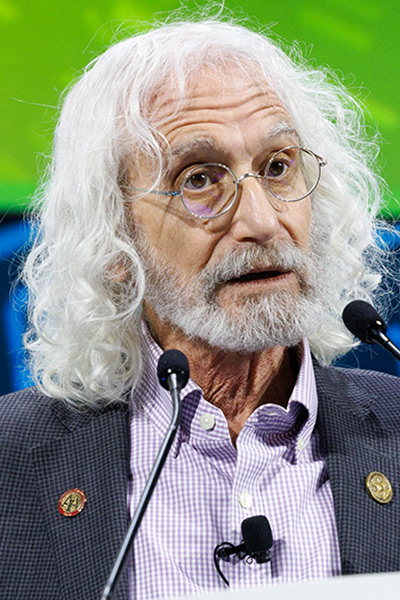
A panel of distinguished scientists joined American Association for Cancer Research (AACR) Immediate Past President Philip D. Greenberg, MD, FAACR, for the Presidential Select Symposium: Cancer Immunotherapy – Where Do We Go From Here? on Monday, April 8, at the AACR Annual Meeting 2024. The session included insights into immune checkpoint blockade, cancer vaccines, CRISPR-modified CAR T cells, and CD4 T cells.
The session can be viewed on the virtual meeting platform by registered Annual Meeting participants through July 10, 2024.
Immune checkpoint blockade in cancer therapy
James P. Allison, PhD, FAACR, a Nobel Laureate and the Olga Keith Weiss Distinguished University Chair for Cancer Research at the University of Texas MD Anderson Cancer Center, reviewed of some of the most important translational breakthroughs in cancer immunotherapy research over the past several years and shared his thoughts on remaining challenges and opportunities for current and future investigators in the field.
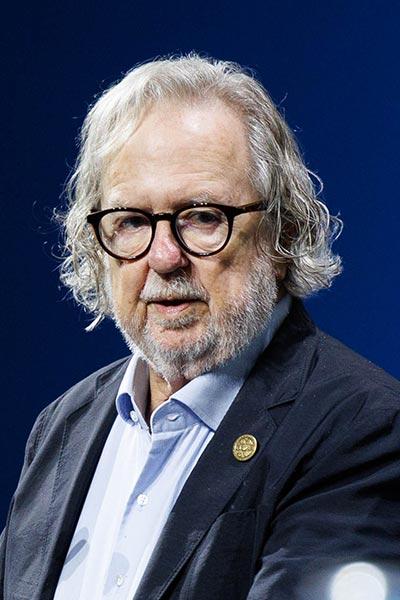
“We’ve shown that immunotherapy can cure a number of people,” Allison said. “It moves the median survival over. Standard therapies typically can do that, but they don’t give you longevity. Immunotherapy can do that.”
He asserts that investigators need to conduct more data-seeking, longitudinal, biopsy-based trials immediately following the onset of a treatment-induced antitumor immune response, but also later to determine acquired treatment resistance mechanisms. This will enable researchers to identify the optimal therapeutic combinations to achieve the AACR’s goal of curing all cancers for all patients, Allison said.
He believes ongoing and future cancer immunotherapy research will continue to increase understanding of the immune system and how to better integrate immunotherapy with other pillars of cancer care, including surgery, radiation, chemotherapy, and targeted therapies.
“The good news is I think we know the basic mechanisms and could get it done if we just work hard and use our heads,” Allison said. “That’s the challenge for all [of us], especially the new people out there who are just starting their careers—there is a lot more to do and a lot more to learn.”
Cancer vaccines and understanding and promoting immunogenicity
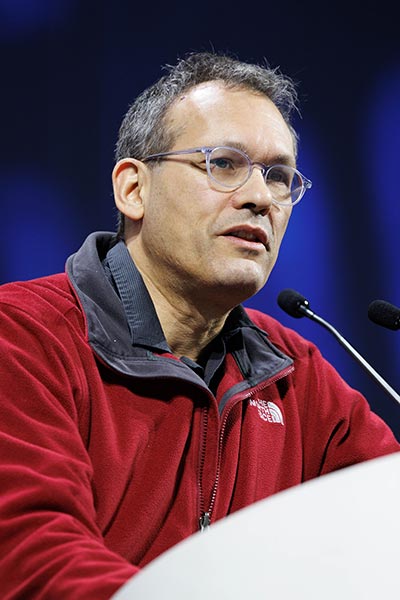
Nir Hacohen, PhD, director of the Center for Cell Circuits at the Broad Institute of MIT and Harvard, and director of the Center for Cancer Immunology at Massachusetts General Hospital, discussed research exploring how immune responses against cancer are initiated, maintained, and evaded, as well as progress in vaccine development.
The fundamental problem researchers are trying to solve with a cancer vaccine is that the tumor is evolving in real time as it develops, and different antigens, both mutated and non-mutated, are presented on the surface of the tumor at different time points, Hacohen explained.
“At the end of the day, because each tumor is so unique in the antigens and the evolution of its genetics, each malignancy may be an individual therapeutic problem,” he said.
Hacohen described current research directions and discussed promising phase I clinical trial efforts looking at potential vaccines for different cancers, including melanoma and pancreatic ductal adenocarcinoma.
“We think these [trials] are giving the signs that we’re moving toward a formulation that will be effective,” Hacohen said, adding that large-scale studies are on the horizon.
Decoding and reprogramming T-cell circuits with CRISPR
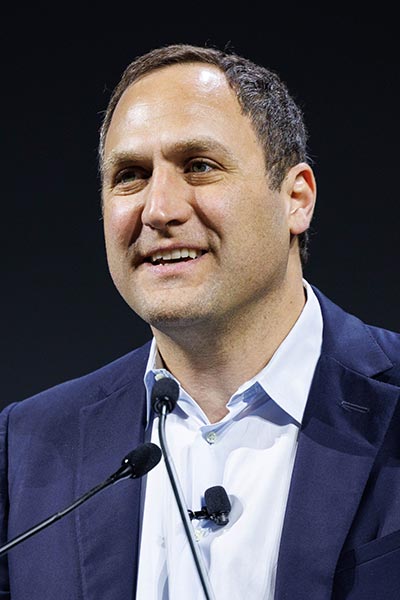
Alexander Marson, MD, PhD, professor and head of the University of California, San Francisco, Gladstone Institute of Genomic Immunology, discussed the potential of cutting-edge research using CRISPR technologies to study T-cell biology and manipulate T cells to overcome the obstacles that interfere with anticancer responses. The goal, he said, is to program synthetic functions into T cells that transform them into safe and effective immunotherapies for cancer and other diseases.
One of the most immediate opportunities to program T cells is in the field of adoptive cell therapy, where patients’ T cells are taken out of circulation and genetically engineered, Marson explained.
“What gives us hope is that we can think about using CRISPR to change individual nucleotides to remove checkpoints that are limiting the function of these cells and introduce big pieces of synthetic code at targeted places in the genome,” he said, noting that current FDA-approved CAR T cells represent only the tip of the iceberg of what might be possible.
“As we move beyond this rather limited ability to just insert a CAR into T cells with non-targeted lentivirus or retrovirus, we may have a much more powerful set of opportunities to make these cells effective for the cancers that remain incurable,” Marson said.
CD4 T cells: Empowering CD8 T cells to eliminate tumors
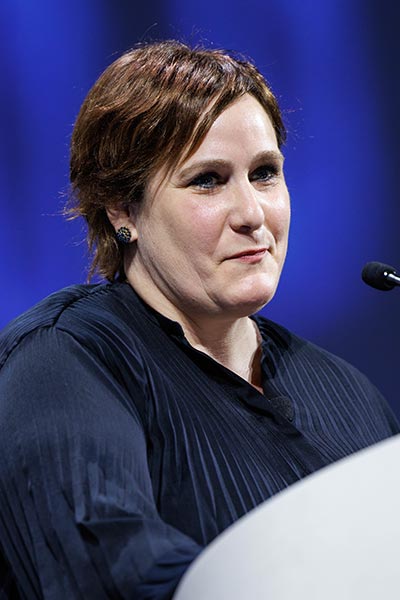
Andrea Schietinger, PhD, associate professor, Weill Cornell School of Medicine and Memorial Sloan Kettering Cancer Center, concluded the session with a discussion of ongoing research exploring how CD4 T cells prevent CD8 T-cell dysfunction and mediate tumor destruction.
“We think that there is a new role of CD4s,” Schietinger said, explaining that this role is to promote the potent cytotoxicity of CD8 effector T cells.
Current research, she said, is focused on identifying the antigen-presenting cells (APCs) involved and the signals that initiate CD8 and CD4 T-cell cooperation. She and colleagues found that CD4 and CD8 T cells must engage with the same APC to effectively mount an antitumor response.
“Now that we know we have a single APC that makes the engagement between CD8s and CD4s … how can we engineer CD8s and CD4s so they find each other within the tumor microenvironment and form the cooperation?” Schietinger said.




